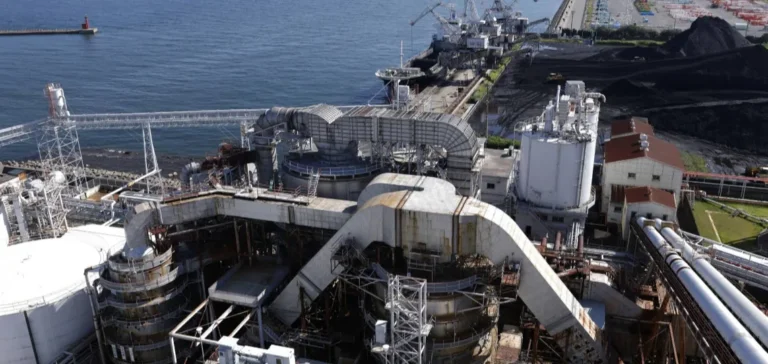Japan Electric Power Development Co., Ltd. (J-POWER), a major energy player in Japan, has confirmed it will retire its 500MW coal-fired Takasago Thermal Power Station located in Takasago City, Hyogo Prefecture, by FY2028. This decision is part of a strategic overhaul aimed at modernizing and decarbonizing the company’s thermal asset portfolio, which mainly consists of low-efficiency plants.
The Takasago plant, which began operations in 1968 with Unit 1 at 250MW, is the oldest and smallest asset in J-POWER’s nearly 9GW thermal portfolio. The shutdown of this plant, which is also the smallest unit in the company’s fleet, is part of a broader plan to phase out outdated plants and convert higher-efficiency assets to low- and zero-carbon technologies such as hydrogen or ammonia.
Strategic overhaul of thermal portfolio
This closure of Takasago follows the shutdown of Matsushima Unit 1 (500MW) at the end of FY2024. Other shutdowns are also planned, including the 700MW Takehara Unit 3 in Hiroshima Prefecture and the 1GW Matsuura Unit 1 in Nagasaki Prefecture, with closures expected around FY2030.
J-POWER is also planning to convert some of its units, such as Matsushima Unit 2, to hydrogen, with completion targeted for FY2028. The company emphasizes its commitment to pivoting its investment portfolio toward cleaner, more efficient energy solutions while minimizing the environmental impact of older facilities.
Investments in energy transition and future projects
As part of this transition, J-POWER has unveiled several large-scale projects, including the construction of a 1.38GW nuclear power plant in Aomori Prefecture, a move signaling a strong commitment to low-carbon technologies. At the same time, the company is expanding its portfolio of renewable energy assets and battery storage solutions.
J-POWER’s strategy focuses on converting existing thermal units to hydrogen, ammonia, and utilizing carbon capture and storage (CCS) technology with the goal of reducing greenhouse gas emissions. These efforts align with global climate goals while meeting Japan’s growing energy demands.






















